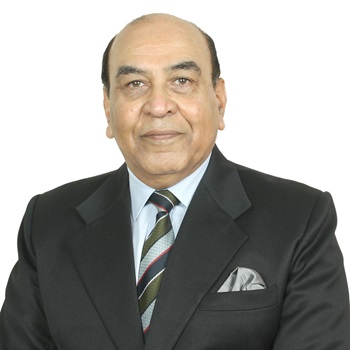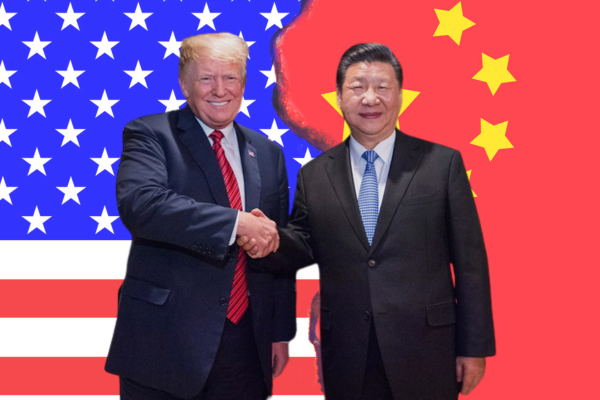.png)
Signals From the City
Zohran Mamdani’s victory in New York marks more than a political upset—it hints at a generational shift in leadership, strategy, and civic values.


Lt Gen Syed Ata Hasnain is a former Commander of India’s Kashmir Corps and Chancellor of the Central University of Kashmir.
November 5, 2025 at 1:33 PM IST
The long-awaited election and its outcome—Zohran Mamdani securing the mayoralty of New York City—carries symbolism and substance in equal measure. On one level, it is a classic urban story; a candidate who spoke to the city’s affordability crisis, infrastructure gaps and social-fractures won by building a broad multi-community coalition. On another, it may portend something more consequential for American politics—a younger generation, dissatisfied with crude demagoguery and elite capture, asserting itself through disciplined leadership and inclusive strategy. I could be reading this too early but the first signs are usually the best.
Coalition and Leadership: Beyond Identity
This leadership angle resonates because it shows an insurgent figure adapting to potential governance—not simply a provocateur. Focusing on concrete policies rather than symbolism shows a new kind of leadership — one that combines ideals with practical action. For analysts, the real story lies not just in who won, but in how the victory was achieved and how those promises will now be turned into results.
Gen Z, Values and Strategy
The same undercurrent is visible elsewhere, though choices have not yet matured similarly. Mamdani’s focus on affordability, public transport, and universal welfare bridged generations and aligned with a new narrative in which many under-30s view foreign-policy issues, including Palestine, with nuanced neutrality. His campaign showed that younger voters must be treated not as foot-soldiers but as stakeholders—valuing delivery, empathy, and a departure from “shock-and-repeat” politics.
End of “Trump-Style” Era?
What this result may mark is a localised rejection of the “crass” style of politics in places where demography and economic frustration prevail. But nationally, the underlying structural bases of that style—rural disaffection, demographic anxieties, media ecosystems built around outrage—still hold. Unless the momentum expands beyond urban enclaves, the risk is assuming a broader transformation on less firm ground.
To pose the question bluntly: Is the Trump-style approach defeated? Not yet. Is it weakened? Possibly, at least in urban centres. The conservative base may now re-consolidate, emphasising cultural siege and economic insecurity—suggesting that the real test will come in how both blocs evolve strategy for 2026 and beyond.
The White Conservative Reaction – Consolidation or Recalibration?
Which path prevails will be instrumental for national dynamics. If the “siege” narrative dominates, we may see hardened polarisation and cultural-wars. If the “strategy shift” path takes hold, some Republican actors might pivot toward younger voters on economic issues, blunt some of the more extreme cultural rhetoric, and re-enter battlegrounds they are losing. Ultimately, this reaction will shape not only legislative contests in 2026, but how political coalitions are constructed in the next decade. And in the course, we could find fresh, young and dynamic leaders emerge, just as they have in the past in the US.
Reading Too Much into a Single Win?
That said, we should treat the result also as more than just an anecdote which is what Mamdani is currently becoming. There is evidence that a newer style of campaign and leadership can prevail when material concerns align with generational values and an inclusive coalition. The question is whether that model will also scale into suburbs, swing-states and national offices.
What to watch for in 2026
- Youth turnout in primaries and general elections — how many under-30s engage and vote based on issue-first rather than identity banner?
- Suburban swing-district shifts — are moderate voters in once-safe zones defecting toward candidates who emphasise affordability and government delivery over culture fight?
- Candidate quality and coalition craft — are parties fielding younger, diverse, policy-grounded candidates who can replicate a Mamdani-like model?
- The message of discipline vs spectacle — does the national opposition, particularly conservative, double down on culture-wars, or pivot toward economic and generational appeal?
- Economic backdrop — high inflation, housing stress and debt load create the fuel for policy-focused campaigns. If those issues dominate, leadership that addresses them materially may win.
In Senate and House terms, if Democrats can leverage urban momentum and younger turnout while retaining suburban ground, they may reduce GOP gains or hang onto narrowly held seats. Conversely, if Republicans mobilise fear, culture-loss narratives and nostalgia smartly, they could still dominate rural and swing-suburban regions. The mayoral result gives a framework for how the next cycle could unfold — but it does not guarantee one outcome.
Zohran Mamdani’s victory in New York is more than a local event; it offers a lens on evolving leadership, generational values, and coalition strategy in America. When voters link affordability, service, and inclusiveness with a preference for substance over spectacle, a new political grammar emerges. Yet the national landscape remains unsettled.
As a neutral analyst, to me this is an inflection point, not a revolution. Urban centres may increasingly favour leadership grounded in empathy and broad coalitions, but the conservative response—whether recalibration or consolidation—will decide if this marks realignment or merely a ripple. For observers and policymakers alike, the test lies in how these shifts play out across suburbs, Congress, and the 2026 elections. The city has spoken—now we watch who listens.



